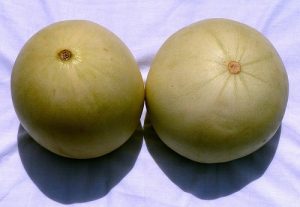Breast lifts (or Augmentation-Mastopexy) are common among women who have lost the youthful shape of their breasts for a number of reasons. This could be due to weight change, breastfeeding and childbearing, or simply the natural aging process and gravity taking their toll. Through a breast lift, Dr McCluskey can both lift and increase the firmness of the breasts. A breast lift alone can not increase the fullness of the breasts or significantly change their size. If you are interested in breast reduction, or breast augmentation along with a breast lift, Dr McCluskey will work with you to create the results that you desire!
“There are entire textbooks written about breast lifts. I have in fact contributed chapters to some of these textbooks. A mastopexy procedure, or breast lift, is the best option for rejuvenating sagging, droopy, or deflated breasts. The plastic s

urgeon word for sagging is ptosis (the ‘p’ is silent) so when a plastic surgeon tells you that you have a slightly ptotic breast, it’s a gentle way of saying you have a droopy or saggy breast. Why are there so many textbooks written about breast lift techniques? Like many procedures in plastic surgery, a breast lift can be performed using many different techniques.
When I discuss breast lift with a patient I take a number of measurements and I demonstrate for the patient how I will lift the nipple to a natural position (at the level of the breast fold, and in the center of the breast). Almost every patient with
In a breast lift consultation, I always draw out the typical improvements that can be expected and I diagram the incision patterns on the drawing. The incisions are effectively named a circle, a lollipop, and an anchor. The circle describes an incision around the nipple, or a periareolar breast lift. This is the most basic form of breast lift and can really only achieve a few centimeters of lift. But in many patients a periareolar mastopexy not only provides adequate lift but allows for the creation of a smaller (less wide) areola in patients with larger areolae.whom I discuss breast lifting with is concerned about the incision scars. It’s a valid concern as there will be some scars after a breast lift, but it’s a tradeoff. A thin scar that will fade over the next few months is a fair exchange for a more youthful, well-shaped breast with more fullness in the upper chest.
The lollipop style of incision characterizes the most common style of breast lift that I perform. This is a vertical breast lift whereby the nipple is lifted and the skin and breast tissue beneath the nipple is tightened and lifted. Patients are often afraid of this vertical scar on the breast but (and I say this with complete honesty) this vertical incision typically heals beautifully and is often nearly invisible 2-3 weeks after surgery.
In patients with larger or wider breasts I often use the anchor style incision by removing excess breast tissue along the underside of the breast, in the inframammary fold. Regardless of the lift technique or the incision pattern, a breast lift offers a wonderful change to patients with mild to severe ptosis. A breast lift is similar to a reduction in that the incisions used are often the same, but a breast reduction involves removing a large volume of breast tissue and re-shaping the breast.” – Dr. Paul McCluskey
For more information on procedures offered by Dr McCluskey visit http://sexualaesthetics.com
